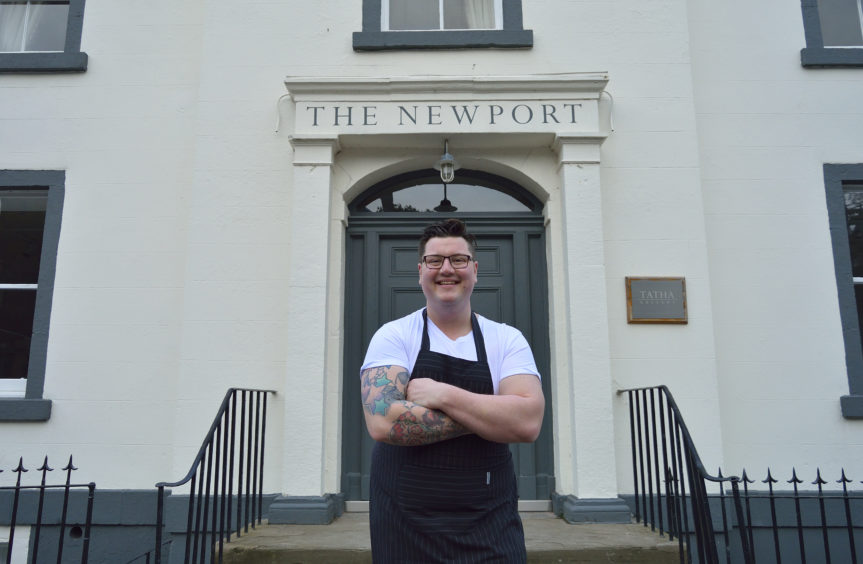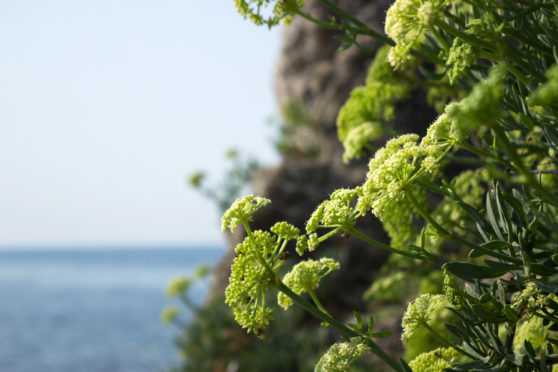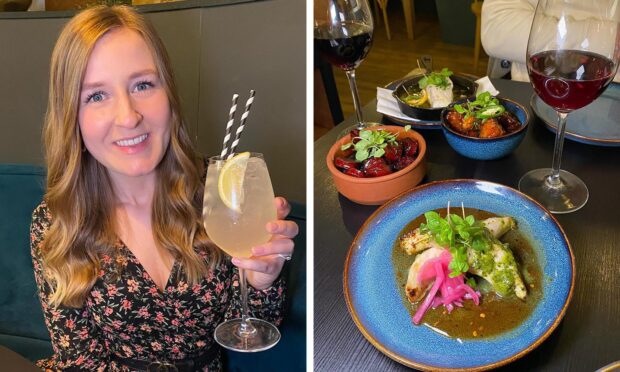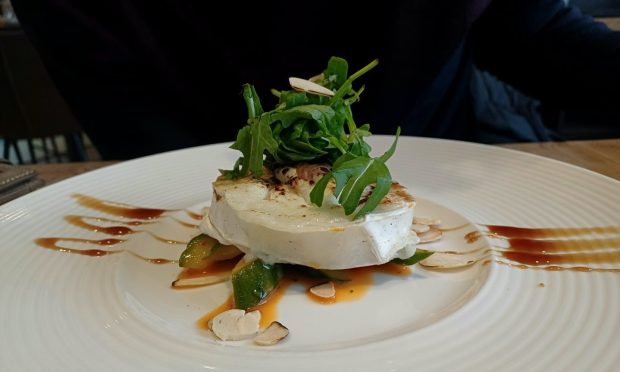In recent years, wild foods have been in the limelight as a popular choice for restaurant menus. But as with all natural products of this natural quality, they’re best used on fine dining menus prepared by a chef who can appreciate how exquisite they are.
While many people know about the range of wild mushrooms that carpet forest floors for a few weeks each year, not every chef is aware of the wide range of stunning wild sea veggies they can acquire.
Quite simply, wild sea vegetables are edible plants that grow wild in or near the sea. Because of their proximity to the salty water (either immersed in it or watered by sea spray), they often take on a salty taste.
Because of this salty flavour and their links to the ocean, sea vegetables are perfectly paired with sea food – either as a side dish or more usually as a garnish.
As with all wild foods, their scarcity adds to their allure. They’re not abundantly farmed, so supply is always limited – and often irregular. They’re difficult to acquire, particularly as many stretches of coastline where they thrive are steep, rocky cliff faces, with only a few plants accessible here and there.

And it takes a foraging expert or a silly self-employed chef to know what to look for and make sure that the plant is harvested responsibly – so they can return year after year to a new crop.
There are a few simple rules to make sure you harvest responsibly, ensuring a crop for years to come. Firstly, never take young plants; allow them to grow before harvesting. Only take what you need leaving plenty behind. Never pick rare or red listed species. Use appropriate baskets for picking to allow spores and seeds to fall wherever you walk (plastic bags are a huge no). And finally, leave the countryside as you find it; do not scrape the ground to get every plant. A true forager leaves little trace.
My top picks of what’s available on our coast lines include: rock samphire – an edible sea vegetable in season between April and September, with an aromatic carrot/parsley flavour.
Salty fingers have a salty, slightly bitter flavour that work perfectly with any type of seafood, but also pair well with meat and mushrooms.
Sea arrowgrass grows in moist conditions between May and August. It also goes by the name’s coriander grass or wild coriander, as its flavour is much like the well-known herb.
Sea aster’s leaves have a sweet flavour with a hint of nuttiness. They’re generally in season between May and August and including the coastline.
Chef’s tip: Some wild sea veg can be pickled, some shredded into a salad, while others can be used to make a salty wild food saag aloo, or even made into a coastal-style pesto.










